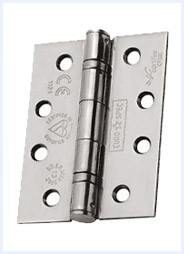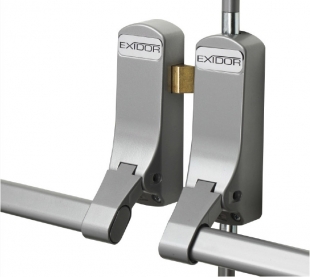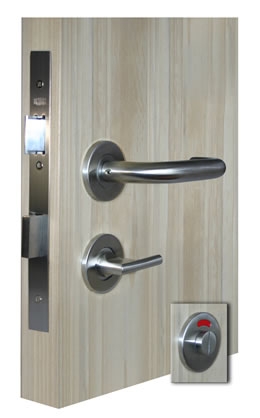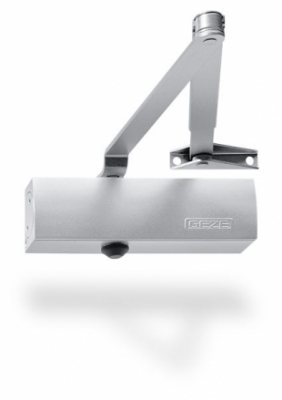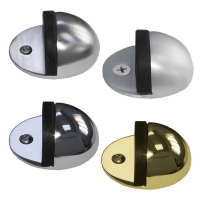
In this blog we will be looking at different door stops and door hold open devices, including electromagnetic door holders, acoustic release door holders for fire doors, and more.
Door Stops
Door stops are mainly used to protect walls and skirting boards, as they prevent doors from swinging out and hitting them, which can cause damage. Door stops usually have rubber on the end of them, where the door swings out to, this also stops the door from becoming damaged.
Door stops can either be floor mounted, where they are screwed in to the floor next to a wall or skirting board, or they can be mounted directly on to a wall or skirting board instead. All door stops we sell come complete with screws for easy instalment. They are also available in different finishes to match any other door hardware, such as handles, etc.
Door Holders
Door holders, or door hold open devices, are used to hold doors open, and some can be used on fire doors, to keep them held open safely, according to legislation.
Hold open devices can be operated in different ways. They can be foot operated, where pressing down the plunger engages the rubber foot onto the floor stopping the door moving, please note that simple foot operated door holders cannot be used on fire doors.
Acoustic release hold open devices are also foot operated, however they work by detecting the sound of fire alarms, the hold open will then automatically be released, so that the door closes.
Electromagnetic hold open devices are often fitted on the wall with a plate on the door. They must be wired to a fire or smoke detection system or a fire alarm panel which, in the event of fire, interrupts the power supply. These are 24V DC. The door is then released and is closed by a door closer.
For more information on door stops and door hold open devices, or any of our other products just pop us an e-mail or give us a call and we will get back to you.


